
What Is Buccal Mucosal Cancer
So, how does tooth loss affect speech? In this article, we will examine in detail the effects of tooth loss on speech, potential consequences,

The application of laminate veneers involves several important steps to ensure proper placement and long-lasting results. Here’s an in-depth overview of the essential steps in the laminate veneer process:
The journey begins with a thorough dental examination, where the dentist assesses your oral health and discusses your cosmetic goals to tailor the best veneer approach for you. During this visit, the dentist carefully assesses the patient’s oral health and discusses their aesthetic objectives to determine the best approach for achieving the desired results. If veneers are deemed a good fit, impressions of the teeth are often taken to design custom-made veneers tailored to the patient’s unique needs.
A thin layer of enamel, usually around 0.5mm, is carefully removed from the tooth’s surface. This ensures the veneer will fit seamlessly without adding unnecessary bulk to the tooth. This allows the veneer to fit properly without looking bulky. In some instances, this step might be bypassed, particularly with no-prep veneers that are crafted to fit directly onto the tooth without the need for enamel removal.
After preparing the teeth, a detailed impression is sent to a specialized dental lab where the custom veneers are meticulously crafted. This process generally spans 1 to 2 weeks, during which each veneer is meticulously crafted to match the unique contours of the patient’s teeth, ensuring a perfect fit.
When the veneers are prepared, they are securely attached to the teeth using a strong dental adhesive, ensuring a firm and lasting bond. The dentist will check for optimal fit and alignment before securing them permanently. A specialized light is used to cure the adhesive, firmly bonding the veneers in place for a durable, long-lasting finish.
Following the bonding process, any necessary fine-tuning is performed to guarantee that the veneers fit comfortably and function correctly. The dentist may also refine the veneers by polishing them to achieve a seamless, natural-looking shine and ensure a smooth finish.
Those with teeth that are resistant to whitening treatments, such as staining from coffee, tea, smoking, or medications.
Veneers can correct slight gaps between teeth or minor alignment issues without the need for orthodontic treatment.
Individuals with chipped, cracked, or worn teeth can restore their smile with veneers.
Veneers can reshape uneven, misshapen, or improperly sized teeth, resulting in a smoother, more harmonious smile.
Laminate veneers are an increasingly popular solution in cosmetic dentistry for improving the appearance of teeth. Laminate veneers come in two primary types: porcelain and composite.
Each type presents unique advantages and drawbacks, addressing various needs, aesthetic goals, and budget constraints. Knowing the distinctions between these options can guide you in making a well-informed choice for your smile enhancement.
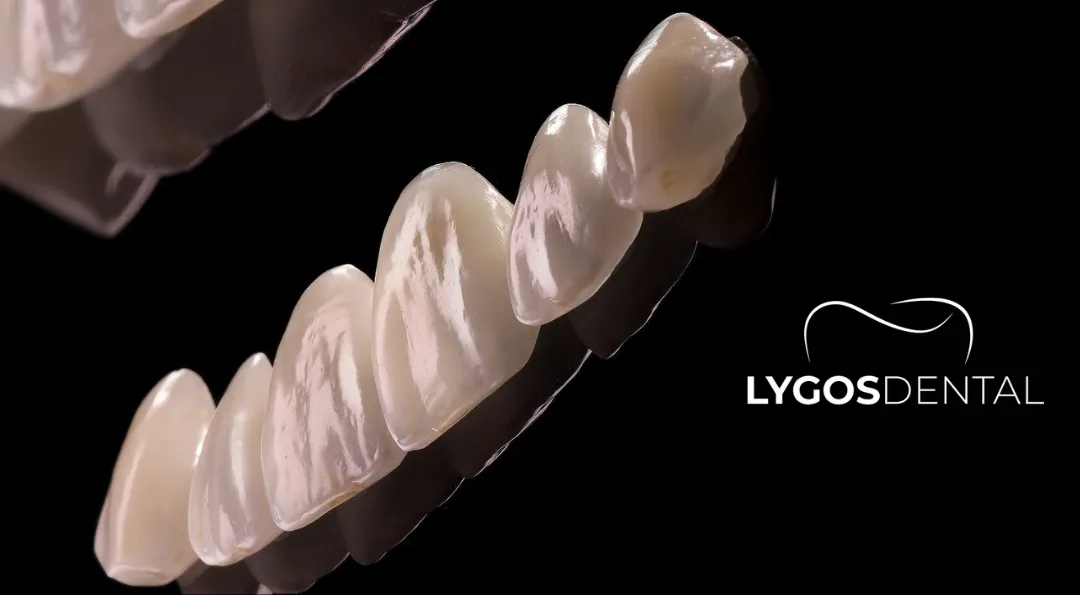
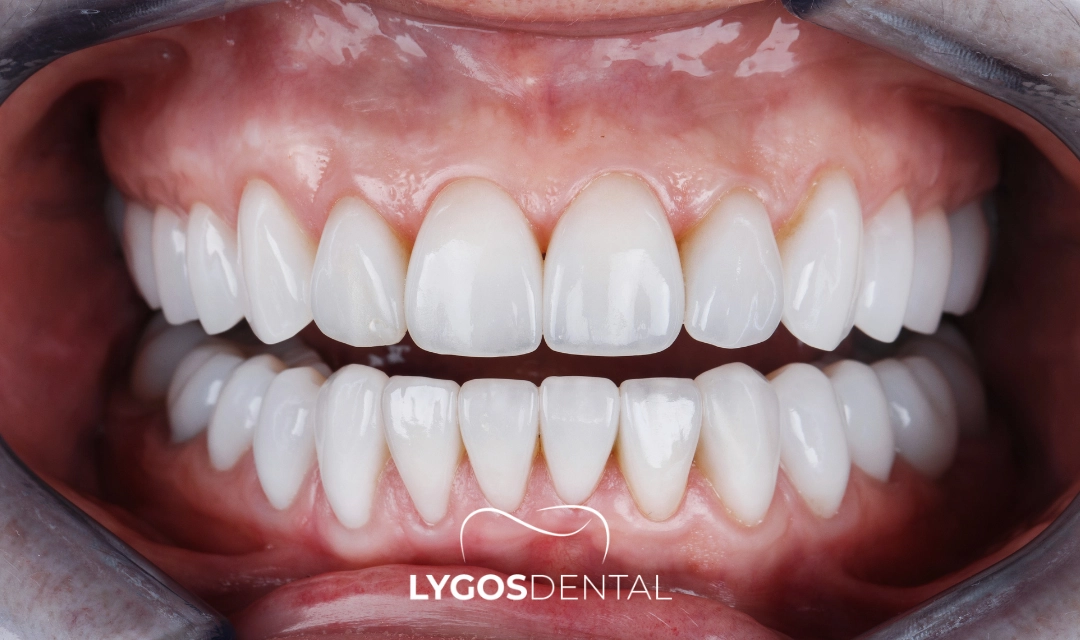
Porcelain veneers are often considered the premier choice in cosmetic dentistry, celebrated for their durability, exceptional appearance, and longevity.
Made from high-quality porcelain, these veneers closely replicate the natural translucency and texture of real teeth with exceptional accuracy. This makes porcelain veneers ideal for those seeking a natural-looking finish. Key features of porcelain veneers include:
Porcelain veneers are exceptionally resistant to staining, maintaining their pristine appearance despite exposure to common stain-causing agents like coffee, wine, and tobacco. This means they maintain their bright, white appearance over time, making them a great choice for individuals who want a long-lasting, radiant smile.
Renowned for their robustness, porcelain veneers offer exceptional strength and longevity. With diligent care, including regular dental visits and meticulous oral hygiene, porcelain veneers can remain effective and attractive for 10 to 15 years or even longer.
Each porcelain veneer is meticulously handcrafted in a dental laboratory, ensuring a flawless fit and a seamless integration with your natural teeth for an ideal aesthetic result.
The process for applying porcelain veneers typically requires two appointments.During the first visit, the dentist gently removes a thin layer of enamel from the teeth and takes an accurate impression to ensure a custom fit for the veneers. This impression is then forwarded to a specialized laboratory, where the veneers are expertly crafted to guarantee a perfect and tailored fit. The veneers are then applied in a second visit..
Get professional dental treatment in Turkey at Lygos Dental, offering effective, affordable treatments for a brighter, confident smile.
You can contact us via WhatsApp and Instagram for a quick response.
Composite veneers provide a viable alternative for smile enhancement. Unlike porcelain veneers, which are custom-crafted in a dental lab, composite veneers are molded from a resin material and typically applied in a single visit. Here are some notable characteristics of composite veneers:
Composite veneers are generally more economical than porcelain options, offering a cost-effective way to improve your smile without a major financial investment.
A key benefit of composite veneers is their swift application. The dentist directly applies and sculpts the resin onto the tooth in a single visit, then hardens it with a specialized light, achieving immediate results.
Composite veneers are highly adaptable, capable of addressing various cosmetic concerns such as chips, cracks, gaps, and discoloration, offering a versatile solution for achieving a flawless smile. However, the resin material may not achieve the same level of natural translucency as porcelain, meaning the results may not look quite as lifelike.
While composite veneers provide quick results, they are not as durable as porcelain veneers. They are more susceptible to chipping, staining, and wear over time, particularly for those who grind their teeth or frequently consume foods and beverages that cause staining. Typically, composite veneers last between 5 to 7 years and may need more frequent adjustments or replacements over time.
Veneers are designed to closely replicate the appearance of natural teeth, capturing light in a way that ensures a smooth, integrated look for a flawless smile.
Unlike crowns that encase the entire tooth, veneers only cover the front surface, necessitating minimal alteration of the tooth's natural structure.
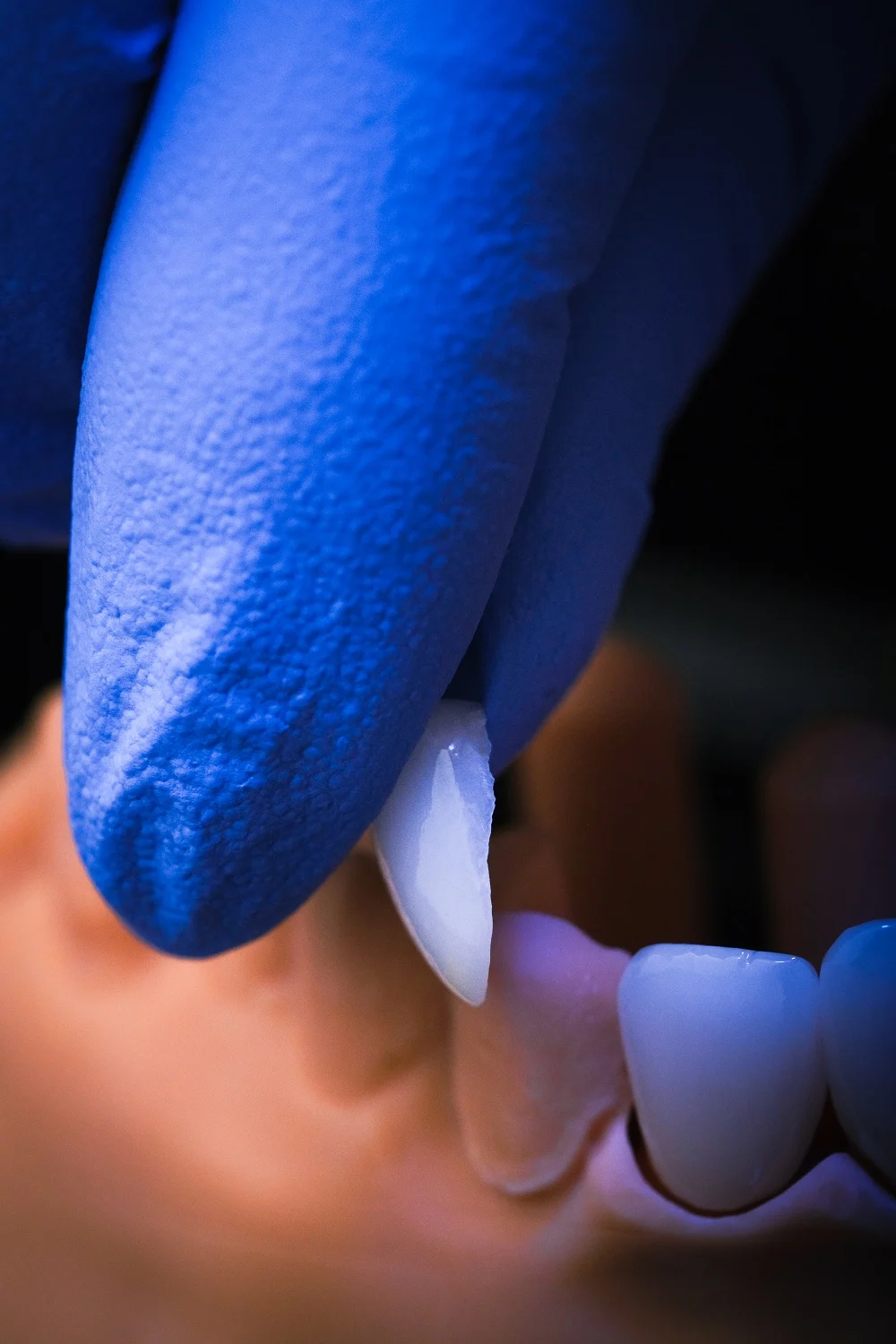
Porcelain veneers are highly resistant to staining from substances such as coffee, wine, and tobacco, making them a great choice for people who consume these regularly.
With proper maintenance, porcelain veneers can endure for over a decade, offering a lasting solution for addressing cosmetic dental issues.
Veneers are designed to closely replicate the appearance of natural teeth, capturing light in a way that ensures a smooth, integrated look for a flawless smile.
Porcelain veneers are highly resistant to staining from substances such as coffee, wine, and tobacco, making them a great choice for people who consume these regularly.
Unlike crowns that encase the entire tooth, veneers only cover the front surface, necessitating minimal alteration of the tooth's natural structure.
With proper maintenance, porcelain veneers can endure for over a decade, offering a lasting solution for addressing cosmetic dental issues.
Veneers provide immediate aesthetic improvements in just a few appointments, compared to the longer timelines associated with orthodontics.
Veneers provide immediate aesthetic improvements in just a few appointments, compared to the longer timelines associated with orthodontics.
After enamel is removed, some patients might experience increased sensitivity to temperature changes, particularly with hot or cold foods and drinks.
The procedure requires the removal of some of the tooth's enamel, an irreversible process. Since enamel cannot regenerate once it's removed, opting for veneers is a permanent decision that requires long-term commitment.
Veneers are not as strong as natural teeth and can chip or crack, especially if the person has a habit of biting hard objects or grinding their teeth.
Veneers, particularly porcelain, are more expensive compared to other cosmetic dental treatments, which may make them inaccessible for some patients.
Patients considering laminate veneers can expect a significant transformation in the appearance of their smile.
Before treatment, the teeth may be discolored, chipped, or misaligned, affecting the overall look of the smile.
After treatment, the veneers deliver a more even, radiant, and visually appealing smile.
Proper oral hygiene and routine dental check-ups are essential to prolong the lifespan of your veneers, helping to keep them looking and functioning their best for years. Additionally, patients should avoid habits like nail-biting, chewing on hard objects, and grinding their teeth, which can damage the veneers.
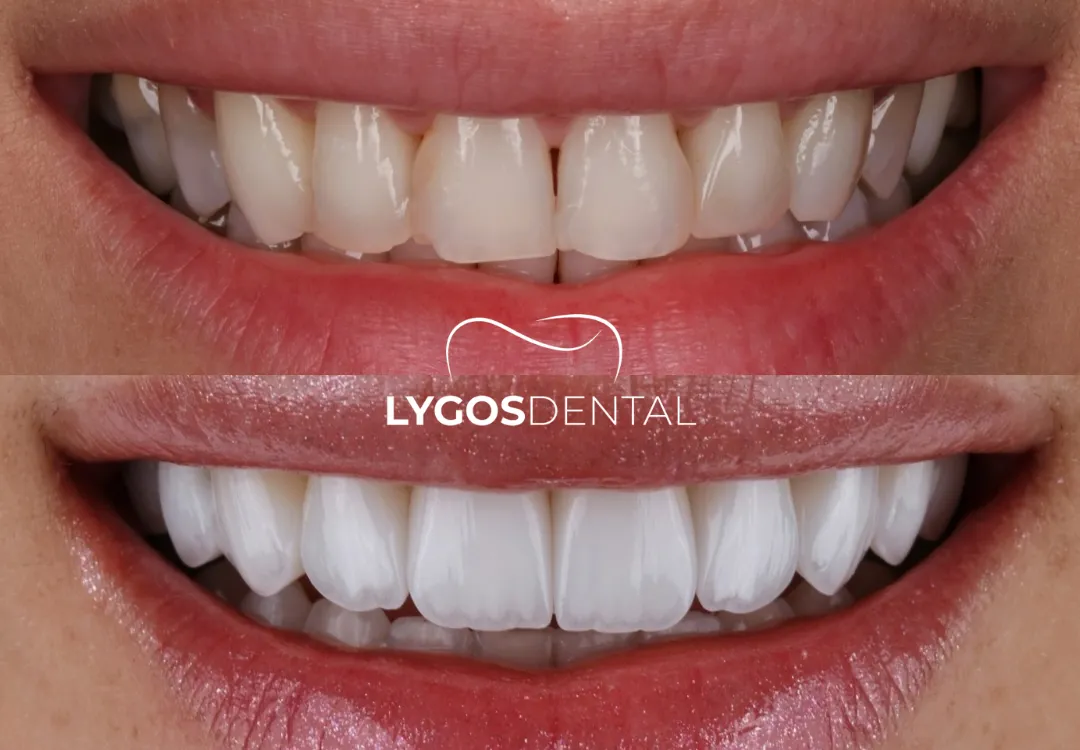

The cost of laminate veneers varies based on several factors, including the chosen material (porcelain or composite), the number of teeth being treated, and the dentist’s expertise. Additional elements such as the clinic’s location and the complexity of the individual case can also impact the final price.
While laminate veneers are considered a significant investment, their durability and aesthetic benefits make them a preferred option for individuals looking to enhance their smile with long-lasting results.
Get professional dental treatment in Turkey at Lygos Dental, offering effective, affordable treatments for a brighter, confident smile.
You can contact us via WhatsApp and Instagram for a quick response.
With proper care, porcelain veneers can last 10 to 15 years, whereas composite veneers generally remain effective for 5 to 7 years. To maximize their longevity, it’s crucial to maintain regular dental check-ups and practice meticulous oral hygiene.
Though veneers are firmly attached to the teeth, they may occasionally become loose or detach due to factors such as trauma, excessive teeth grinding, or adhesive issues. If this occurs, the veneer can usually be re-bonded by a dentist.
Veneers don’t cause tooth decay. However, improper oral hygiene can lead to decay in the natural tooth underneath the veneer. Regular brushing and flossing are essential to prevent decay from developing beneath the veneers and to maintain overall oral health.
For porcelain veneers, it usually takes 1-2 weeks after tooth preparation for the custom veneers to be fabricated and applied. Composite veneers can often be applied immediately after the teeth are prepared.

So, how does tooth loss affect speech? In this article, we will examine in detail the effects of tooth loss on speech, potential consequences,

So, how does tooth loss affect speech? In this article, we will examine in detail the effects of tooth loss on speech, potential consequences,
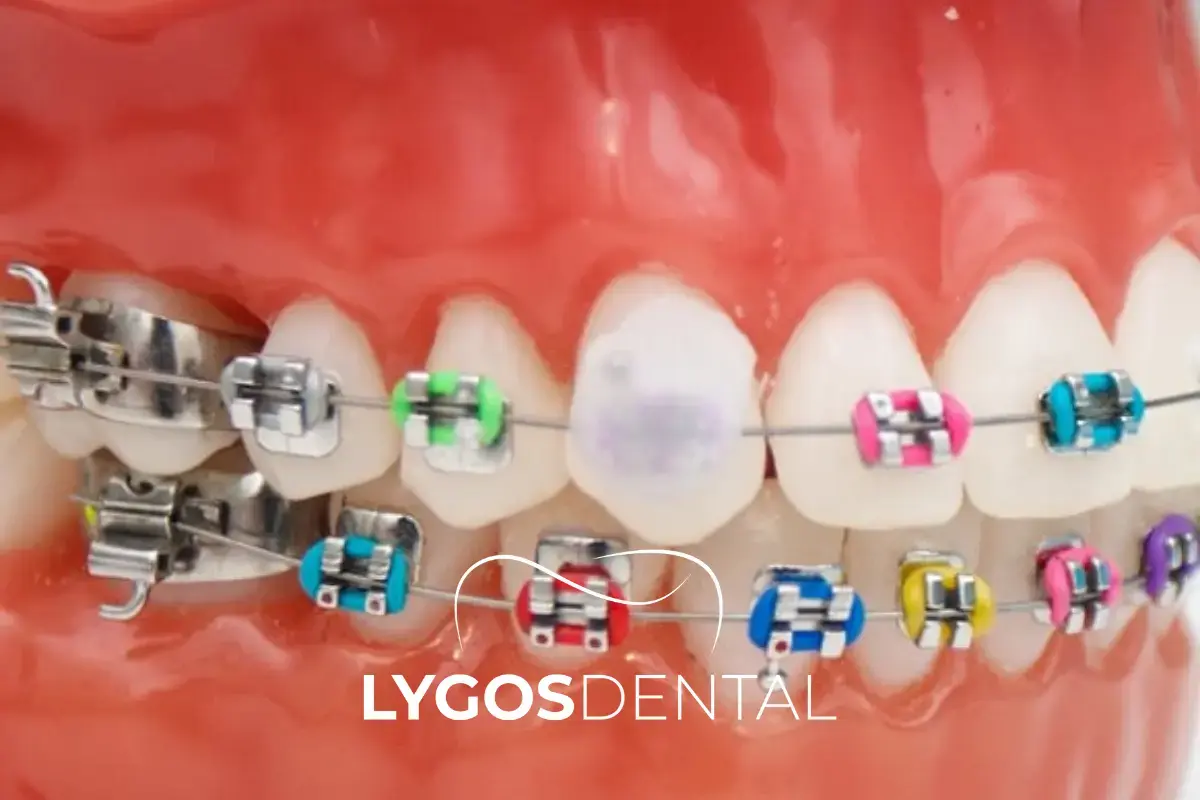
So, how does tooth loss affect speech? In this article, we will examine in detail the effects of tooth loss on speech, potential consequences,

Special Note:
Our treatments are provided by healthcare facilities that possess a health tourism authorization certificate

Special Note: Our treatments are provided by healthcare facilities that possess a health tourism authorization certificate
Selenium Retro, Ataköy 7-8-9-10. Kısım, D-100 Güney Yanyolu No:18/A, 34158 Bakırköy/İstanbul
© 2025, LYGOS DENTAL. All Rights Reserved.